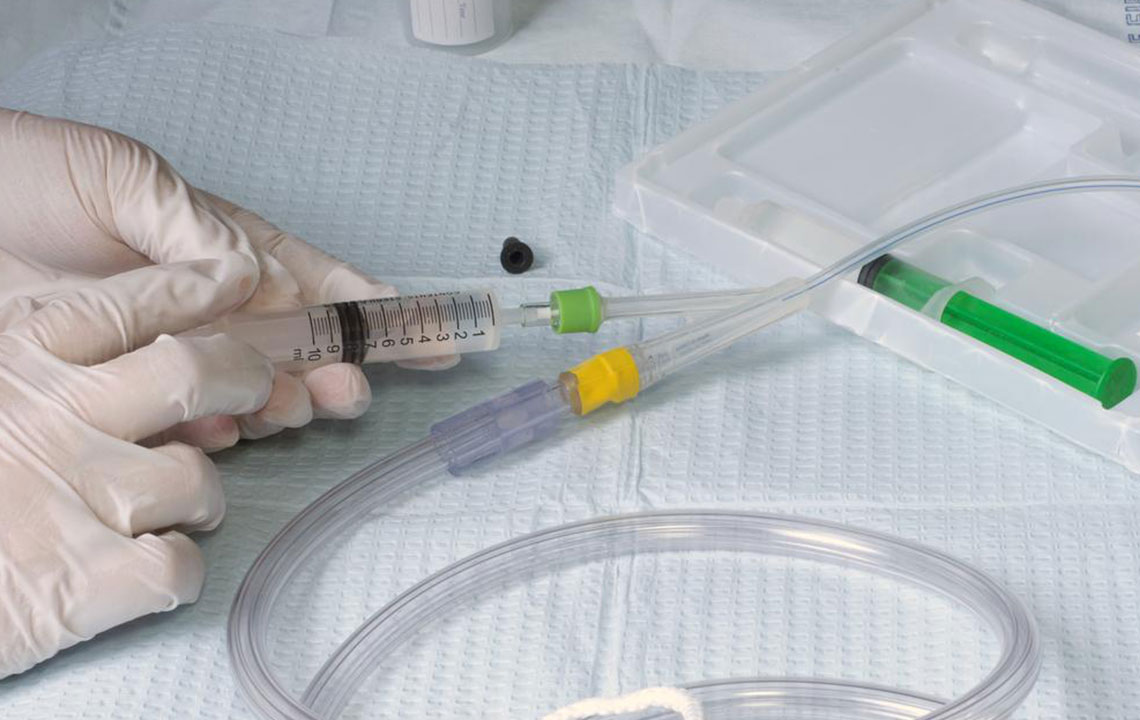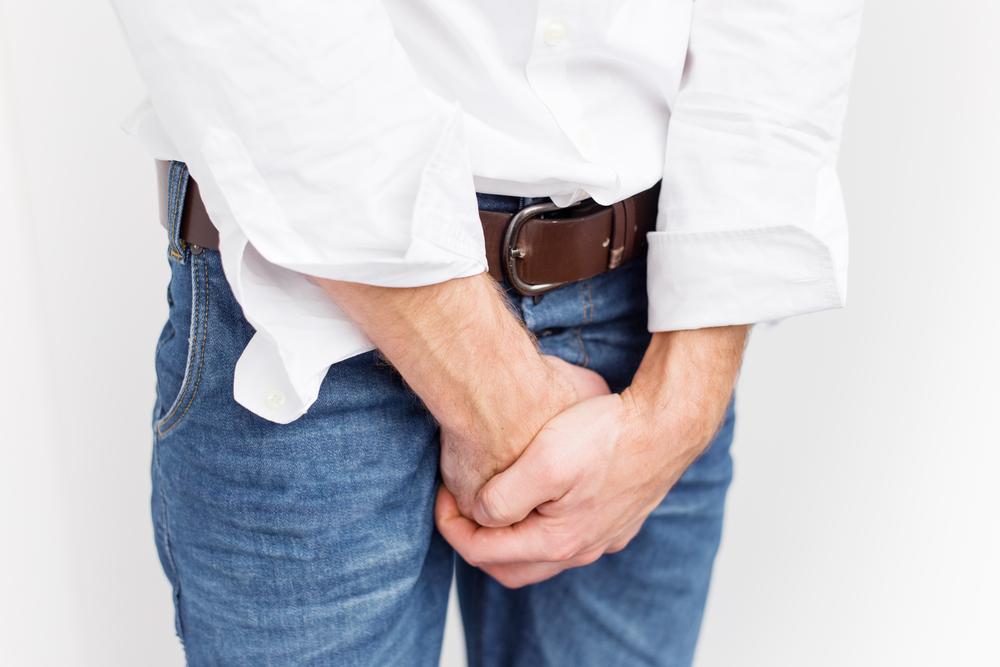Effective Strategies for Managing Urinary Incontinence
Learn effective strategies to manage urinary incontinence through lifestyle changes, exercises, and medical treatments. Early management can improve quality of life and prevent severe bladder issues. This guide offers practical advice and treatment options to help you take control of this common condition.

Effective Strategies for Managing Urinary Incontinence
Urinary incontinence can pose significant challenges and may lead to embarrassment or neglect of treatment. Delaying management, even for mild cases, can worsen symptoms and result in serious bladder issues over time.
Healthcare professionals can assist in controlling urinary leakage through tailored treatment plans combined with lifestyle adjustments.
How to Manage Urinary Incontinence
Doctors often suggest lifestyle modifications and exercises to improve bladder health.
Kegel exercises
Strengthening the pelvic muscles through Kegel exercises supports bladder and urinary function. These muscles tend to weaken after prostate surgeries, childbirth, pregnancy, obesity, or menopause.
Identify the correct muscles by stopping urination midstream. The muscles used are the same ones activated during Kegel exercises.
Contract these muscles, hold for 5-10 seconds, then relax naturally.
Perform at least three sets of ten repetitions comfortably each day.
Lifestyle adjustments
Diet and physical activity are vital for maintaining bladder health. Consider these changes:
Increase fiber intake and reduce alcohol, caffeine, citrus fruits, tomatoes, fats, sugar, and spicy foods.
Avoid smoking, which can irritate the bladder and worsen incontinence.
Maintain a healthy weight to reduce unnecessary pressure on the bladder.
Medical options
Following the doctor’s prescribed bladder control treatments is crucial for effective management.
Medications may be prescribed to treat an overactive bladder or relax bladder muscles. Estrogen patches or creams are options for menopausal women.
In mild cases, vaginal devices can help improve symptoms.
With timely intervention and simple lifestyle changes, urinary incontinence can be effectively managed.










